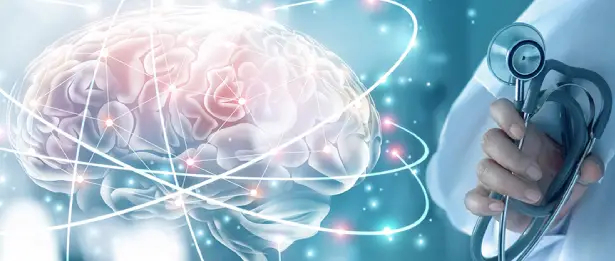Diagnostic Neuroradiological Interventions

Diagnostic neuroradiological interventions are usually directed by a radiologist and help identify abnormalities in the patient's brain, spinal cord, or other nerve tissues.
Diagnostic Neuroradiological Interventions at Liv Hospital
At Liv Hospital, diagnostic neuroradiological interventions are performed using modern medical imaging techniques managed by expert neuroradiologists. These interventions are important for the accurate evaluation and diagnosis of nervous system diseases. Liv Hospital's diagnostic neuroradiological services may include:
Cerebral angiography (Brain Angiography)
Cerebral angiography; It means angiography of the brain and neck vessels. At Liv Hospital Neuroradiology Clinic, the procedure is performed in the angiography unit. Under local anesthesia, a thin catheter is inserted into the groin artery and contrast material (a special medical dye) is injected into the brain and neck veins and images of these veins are taken. The presence of stenosis, aneurysm (bubble), arteriovenous malformation or fistula (vessel ball or short circuit between artery and vein) or other problems in the brain and neck vessels is investigated. The patient is discharged after resting for 4-5 hours in the hospital after angiography (unless there is another condition requiring hospitalization). It is a comfortable, short and safe procedure in experienced and well-equipped centres.
Myelography
It is an examination performed by injecting contrast material (a special medical dye) into the spinal canal. In this way, after the images are taken on the x-ray machine, the patient can be taken to the tomography unit and the examination can be expanded. This examination may be requested due to problems such as hunchback, spinal curvature, problems developing after back surgeries and slipping in the waist.
Intrathecal Contrast Cisternography
It is an examination performed in case of CSF rhinorrhea (cerebrospinal fluid discharge from the nose or ear after accidents, some surgeries or interventions). The aim is to clearly identify the area where the fluid is leaking and to provide rapid repair. A special medical dye called contrast material is injected into the spinal canal. This dye is directed to the head and neck area by positioning the patient and the leakage area is detected with MRI or tomography.
Petrosal and Cavernous Sinus Sampling
It is an examination performed in Cushing's disease, which is characterized by excessive hormone secretion of the pituitary gland. In cases where MRI examination does not provide clear information, it helps to determine the exact place where the hormone is secreted. In the angiography unit, the pituitary gland veins are reached by entering both groin veins under local anesthesia, and blood samples are collected from there and hormone analyzes are performed. In this way, the hormone secretion area is determined for the most successful surgery.
Carotid and Vertebral Artery Occlusion Tests
In cases such as an accident, tumor spread in the head and neck area, or injury during surgery, the main arteries in the neck are injured and may need to be closed permanently. In such cases, the patient has a risk of developing a neurological sequela (stroke). To eliminate this risk, before the closure procedure, a balloon is inflated in the vessel planned to be closed, accompanied by cerebral angiography, and the patient is subjected to angiographic and clinical testing.
Discography
It is a test performed by injecting a medical dye into the intervertebral disc (pillows that act as cushions between the vertebrae and slipping, causing lumbar or cervical herniations) in cases of pain due to disc degeneration of the spine, and is used to detect the source of the pain.









